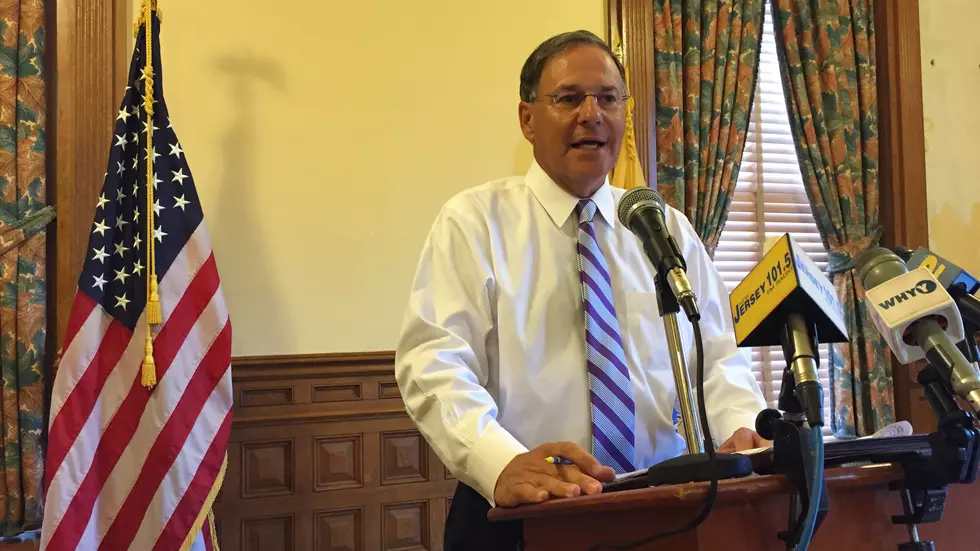
Court Rules New Affordable Housing Rules Needed
A divided New Jersey Supreme Court on Thursday issued its latest ruling in a string of cases on affordable housing that date to the 1970s, ordering the state to rewrite its rules for how many homes for low-income residents each town is responsible for and inviting lawmakers to rethink their approach to the issue.
The 3-2 ruling, which gives the administration of Republican Gov. Chris Christie five months to implement new regulations, is a victory for affordable housing advocates and homebuilders who sued over the rules implemented, after many delays, in 2008 when Democrat Jon Corzine was governor.
Advocates for land-use planning, the poor, the environment and minority groups said the court got it right.
"The Supreme Court's decision stops Gov. Christie and his administration from allowing wealthier municipalities to exclude working families and people with special needs," Kevin Walsh, a Fair Share Housing Center lawyer who argued on behalf of the poor in the case, said in a statement.
Christie has not said how he will respond to the ruling.
Affordable housing policy has been confounding for generations in New Jersey, a high cost-of-living state where land-use planning is the purview of 565 separate towns. A series of rulings going back to 1975 has required those communities to accommodate low-income people. The rulings have been hailed by some as visionary landmarks and derided by others as improper social meddling by judges that make life difficult for local officials.
The Fair Share Housing Center says the rulings have resulted in the creation of 60,000 units of housing for low- and moderate-income people. Critics say the true number of homes is lower.
Previously, the state had calculated how many homes each community was responsible to provide for through zoning, subsidies or paying other nearby towns. Under the latest version, each town still got a number but with an important caveat: Municipalities only had to provide for additional housing if they had new land development. Communities with no growth would not have to take action.
In a majority opinion, Justice Jaynee LaVecchia said that method was not allowed under the state's 1985 Fair Housing Act, which was a response to the court's call for legislative action in a 1983 ruling.
Joined by Justices Barry Albin and Ariel Rodriguez, who is temporarily assigned to fill a vacancy on the court, LaVecchia gave the state five months to come up with new responsibilities for each town but urged the Legislature to re-evaluate its laws. She did not rule out the "growth-share" model as one that lawmakers could adopt.
"New Jersey in 2013, quite simply, is not the same New Jersey that it was in 1983. Changed circumstances may merit reassessing how to approach the provision of affordable housing in this state. Assumptions used in devising a remedy in 1983 do not necessarily have the same validity today," LaVecchia wrote. "That assessment, however, is best made by the policymakers of the Legislature who can evaluate the social science and public policy data presented to this Court."
Justice Helen Hoens, joined by Justice Anne Patterson, dissented while two other jurists — Chief Justice Stuart Rabner and temporarily assigned Justice Mary Cuff — abstained.
"The Court needlessly demands, as its remedy, rigid adherence to the very policies of the past that the majority simultaneously denounces as a 'straightjacket,'" Hoens wrote.
(Copyright 2013 The Associated Press. All Rights Reserved)
More From 92.7 WOBM






![Toms River Affordable Housing Plan .. Like or Dislike? [PUBLIC OPINION]](http://townsquare.media/site/394/files/2017/04/RS7312_87622282.jpg?w=980&q=75)



